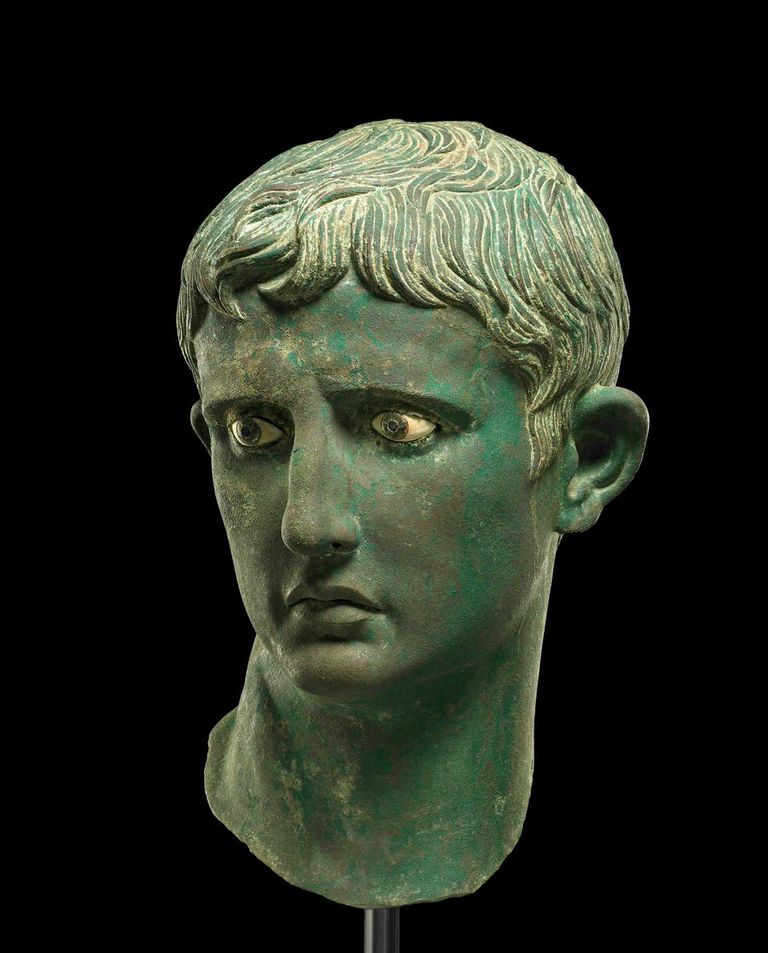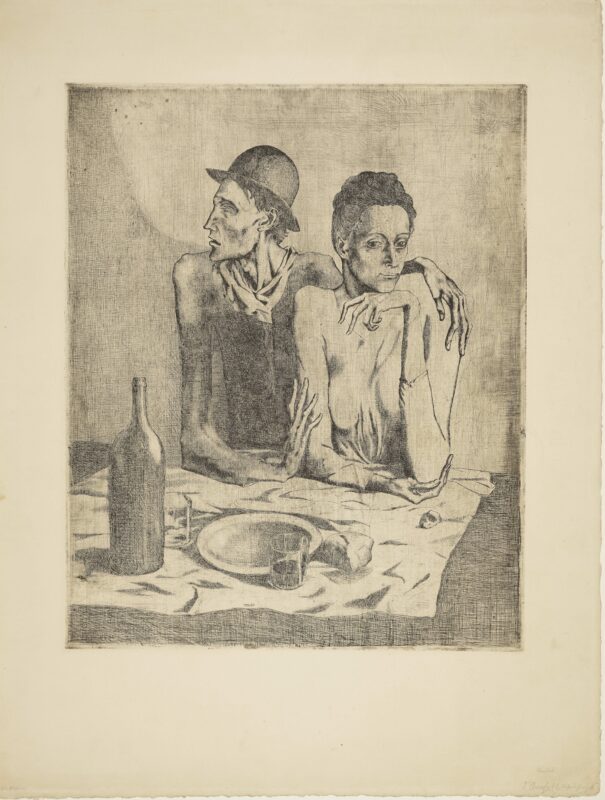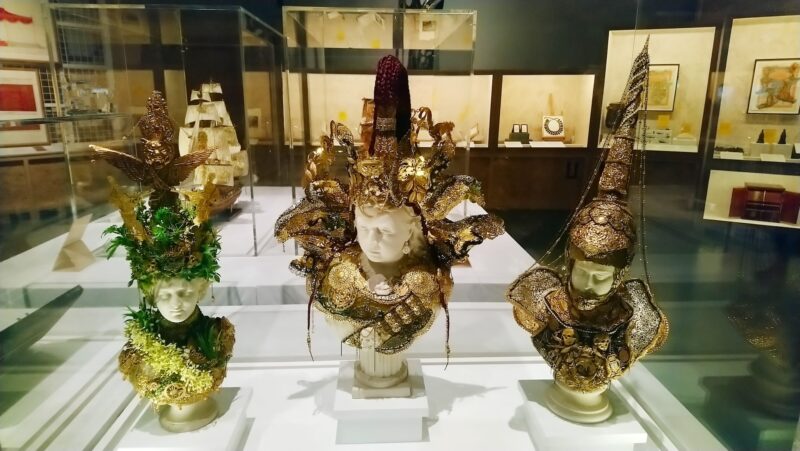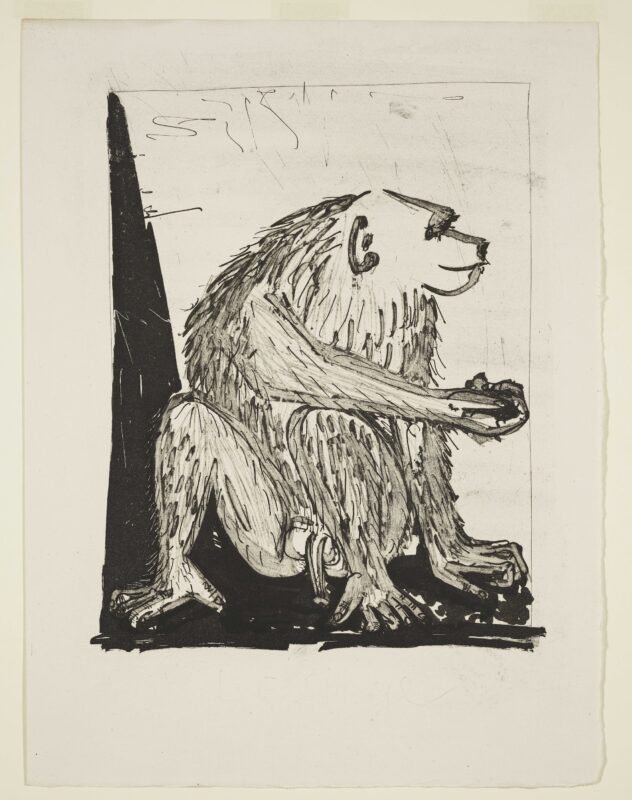
On Until – 15th February 2015 Room 3
The Meroë Head, one of the most important surviving portraits of Rome’s first emperor, Augustus, is explored in a new Asahi Shimbun Display at the British Museum together with the fascinating story of its discovery. Originally part of a statue of Augustus that was ritually beheaded in antiquity, the bronze caused an international sensation when it was excavated in Sudan in 1910.
A rare survivor from the period, the mesmerizing portrait retains its original inlaid eyes. The eyes consist of green and black glass paste, each encircled by a small copper ring, set into wedge- shaped, highly polished limestone. The tear ducts are indicated in reddish paste. The eyelashes, now mostly broken off, were formed by thin, serrated sheets of copper or bronze. Masterpieces of ancient craftsmanship, they truly bring the portrait to life and capture Augustus’ much celebrated and arresting gaze, a quality noted in Roman literary sources. Based on models from classical Greece, the portrait type used for the Meroë Head differed from earlier, more naturalistic depictions of Augustus. Its timeless and ageless character successfully communicated Augustus’ authority and the might of Rome, which he ruled from 27 BC – AD 14. Yet in a dramatic turn of fate, it owes its very survival to the triumph of Rome’s enemies far from the borders of the Roman Empire.
In 25/24 BC, soon after Augustus’ conquest of Egypt, an army of the ancient African kingdom of Kush (in what is today the Republic of Sudan), destroyed and looted statues of Augustus in raids on the Egyptian border. The portrait head became a prized trophy, and was buried beneath the steps of a victory shrine in the Kushite capital of Meroë, so that whoever entered ritually trampled the decapitated head of the ruler of the Roman Empire.
The Asahi Shimbun Display The Meroë head of Augustus: Africa defies Rome
11th December 2014 – 15th February 2015 Room 3
Follow updates on the exhibition via Twitter on #MeroeHead and the Museum’s Twitter account @britishmuseum







